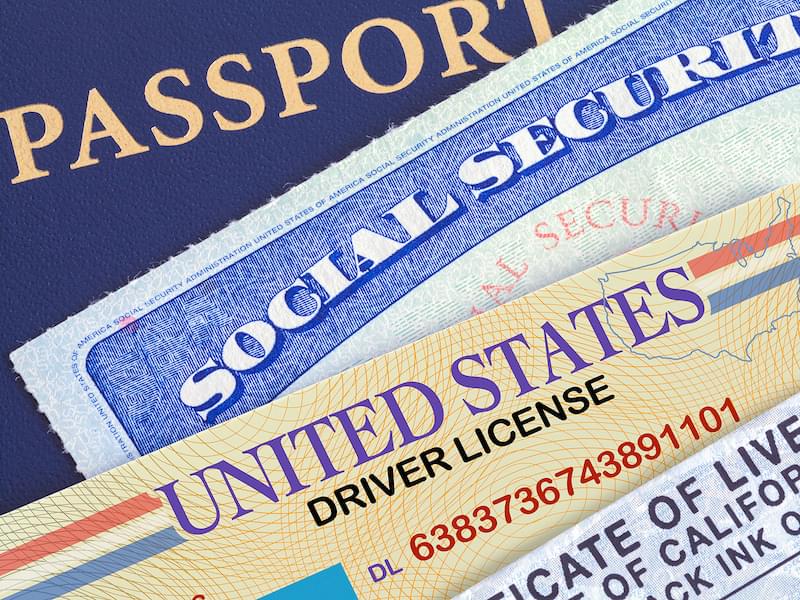LEATHERHEAD, Surrey, UK and AKRON, Ohio, USA – March 8, 2022 – Demand for passports, drivers licences, national IDs, visas, and other personal ID documents is recovering from Covid-19, with the global market set to reach a value of $9.67 billion in 2022. This is symbolic of a wider recovery in the market for personal ID products, and the availability of new technology platforms, according to latest specialist research from Smithers –
The Future of Personal ID to 2027.
Smithers’ study specifically analyses the discrete value of security components integrated into the current and next generation of IDs.
The disruption of the Covid pandemic caused a major drop in worldwide sales in 2020, as international travel was severely restricted, and the need to monitor infections pushed governments towards digital and mobile identity solutions. With 2019 sales levels set to be recovered in 2022, future growth is forecast by Smithers at a compound annual growth rate (CAGR) of 2.60%. This will push the world market past the $10 billion mark in 2024 to reach $10.99 billion in 2027, at constant prices.
Success for commercial high-security printers (HSPs) and technology suppliers will increasingly depend on integrating traditional document formats (Passports, National ID, Drivers licences, Health cards, Voter ID, and Birth certificates) into the digital sphere. Purely digital IDs will remain a minority solution, however: instead, the challenge for the next five years will be optimising secure IDs that straddle the physical and digital realms – a so-called ‘Phygital’ future.
This reality is reflected in the demand outlook for the six security features tracked in Smithers’ analysis (Substrates, Inks, DOVIDs, Machine-readable features, Biometrics, Personalisation print). Biometrics will see the fastest growth, supported by ongoing M&A activity as established HSPs look to strengthen and expand their product portfolios; evolving towards becoming integrated identity solutions providers. In contrast, demand for more traditional security components – holograms and other DOVIDs, specialised inks, and substrates – will be more depressed.
This developing market space presents both opportunities and challenges, which are examined and quantified in the comprehensive Smithers study. These include handling the residual threat of Covid-19, implementing digital on-boarding strategies, reacting to the increasing popularity of multi-function IDs, and designing solutions that are optimised for transitioning automated borders checks. For materials, suppliers will need to balance demands for superior and durable security components with a greater emphasis on sustainability in production and sourcing from issuing authorities.
Asia will remain the largest market for personal ID documents, representing 60% of global demand in 2022. Simple demographics is the core driver here, especially with the world’s two most populous nations – China and India. Other opportunities will emerge elsewhere in the region over the forecast period, such as the roll out of the Philippines’ new national ID scheme.
The less developed status of Africa, where many citizens still lack any form of ID, will make it the fastest increasing region across the five-year Smithers forecast period. Conversely Western Europe will growth at a rate below the market mean across 2022-2027 – a better outlook is forecast for Eastern Europe, and North America.
The current and future market for personal IDs is analysed and quantified in depth in this important new business strategy publication. Over 70 data tables, figures and diagrams segment the market by ID document type, security feature, and geographic region; supported by critical analysis of the latest market and technology trends defining the sector through to 2027.
